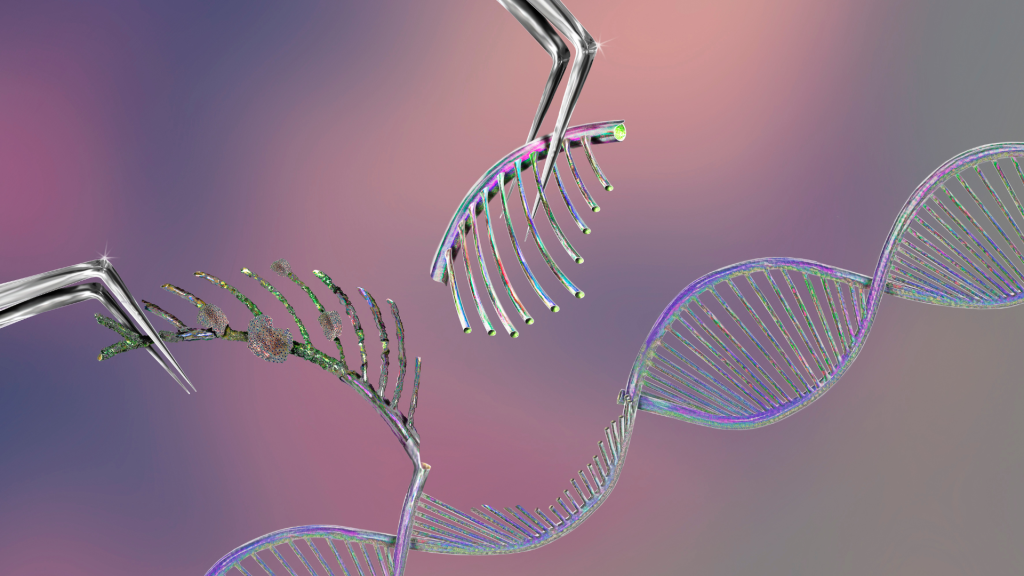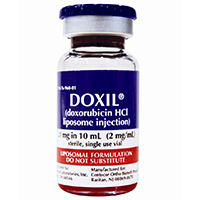Regulatory Guidelines for Medical Nanodevices

Objective:
To examine the regulatory guidelines surrounding the development and approval of medical nanodevices, and how they ensure safety and efficacy in clinical use.
Introduction to Regulatory Guidelines:
As nanotechnology in medicine continues to evolve, regulatory guidelines are necessary to ensure that medical nanodevices are both safe and effective for patient use. These guidelines are critical for maintaining public trust and ensuring that innovative technologies are introduced into clinical practice in a controlled and safe manner. However, the unique properties of nanomaterials—such as their size, surface characteristics, and reactivity—pose challenges for regulators, who must balance innovation with patient safety.
Key Regulatory Bodies:
- FDA (Food and Drug Administration) – USA:
- In the United States, the FDA is responsible for regulating medical nanodevices and ensuring they meet safety and efficacy standards. The FDA evaluates new devices through the Pre-market Approval (PMA) or 510(k) process, depending on the risk level of the device.
- Example: Nanoparticle-based drugs and devices, such as liposomal formulations, must undergo rigorous testing and approval processes before reaching the market.
- European Medicines Agency (EMA):
- The EMA plays a similar role in Europe, regulating medical products and devices, including those based on nanotechnology. The agency’s guidelines focus on ensuring that products containing nanomaterials are properly evaluated for both safety and efficacy.
- Example: The EMA requires specific data on the characterization of nanomaterials, including their size, surface area, and distribution within the body.
- International Standards:
- In addition to national regulators, there are also international standards for nanotechnology in medicine, such as those developed by the ISO (International Organization for Standardization) and the OECD (Organisation for Economic Co-operation and Development). These standards help harmonize the regulatory approach to nanotechnology across different countries.
- Example: ISO standards for medical nanodevices help manufacturers meet global safety and performance requirements.
Regulatory Challenges in Nanotechnology:
- Lack of Standardized Testing Methods:
- One of the major challenges is the lack of standardized testing methods for nanoparticles. The unique properties of nanomaterials mean that traditional testing approaches may not be suitable, and new guidelines need to be developed.
- Example: Testing for cytotoxicity and biocompatibility in nanomaterials often requires specialized tests that are not yet universally accepted.
- Uncertainty in Risk Assessment:
- The small size and novel properties of nanomaterials introduce uncertainty in risk assessment. Regulators must rely on both existing research and emerging data to assess the potential risks of these materials.
- Example: The long-term health effects of nanoparticles in humans are not fully understood, making it difficult to assess their safety in clinical use.
- Balancing Innovation with Regulation:
- Regulators face the challenge of balancing the need for safety with the desire to encourage innovation. Delays in the approval process can hinder the development of potentially life-saving technologies.
- Example: While stringent regulations ensure safety, they can also slow down the introduction of new nanomedicines to the market, potentially delaying treatment for patients who need them.
| Regulatory Body | Role and Responsibilities |
| FDA | Regulates medical nanodevices in the USA, ensuring they meet safety and efficacy standards. Devices are evaluated through Pre-market Approval (PMA) or 510(k) process based on risk level. |
| European Medicines Agency (EMA) | Regulates medical products and devices in Europe, focusing on the evaluation of products containing nanomaterials for safety and efficacy. |
| International Standards | Harmonizes regulatory approach across countries by setting international standards for medical nanodevices, ensuring safety and performance requirements are met. |
Real-World Example:
- Approval of Liposomal Doxorubicin:
- The FDA’s approval of liposomal doxorubicin, a chemotherapy drug encapsulated in nanoparticles, serves as an example of how nanotechnology is regulated in medicine. The approval process involved extensive safety testing and characterization of the nanoparticles to ensure they were effective and safe for patients.

Case Study:
- Regulation of Nanoparticle Drug Delivery Systems:
- A clinical trial for a nanoparticle-based drug delivery system demonstrated the importance of regulatory oversight in the development process. The nanoparticles had to meet specific guidelines on size, stability, and biocompatibility before they could be used in human clinical trials.
Resources:
Discussion Question:
How can regulators keep up with the fast-paced development of nanotechnology while ensuring that safety and efficacy are not compromised?